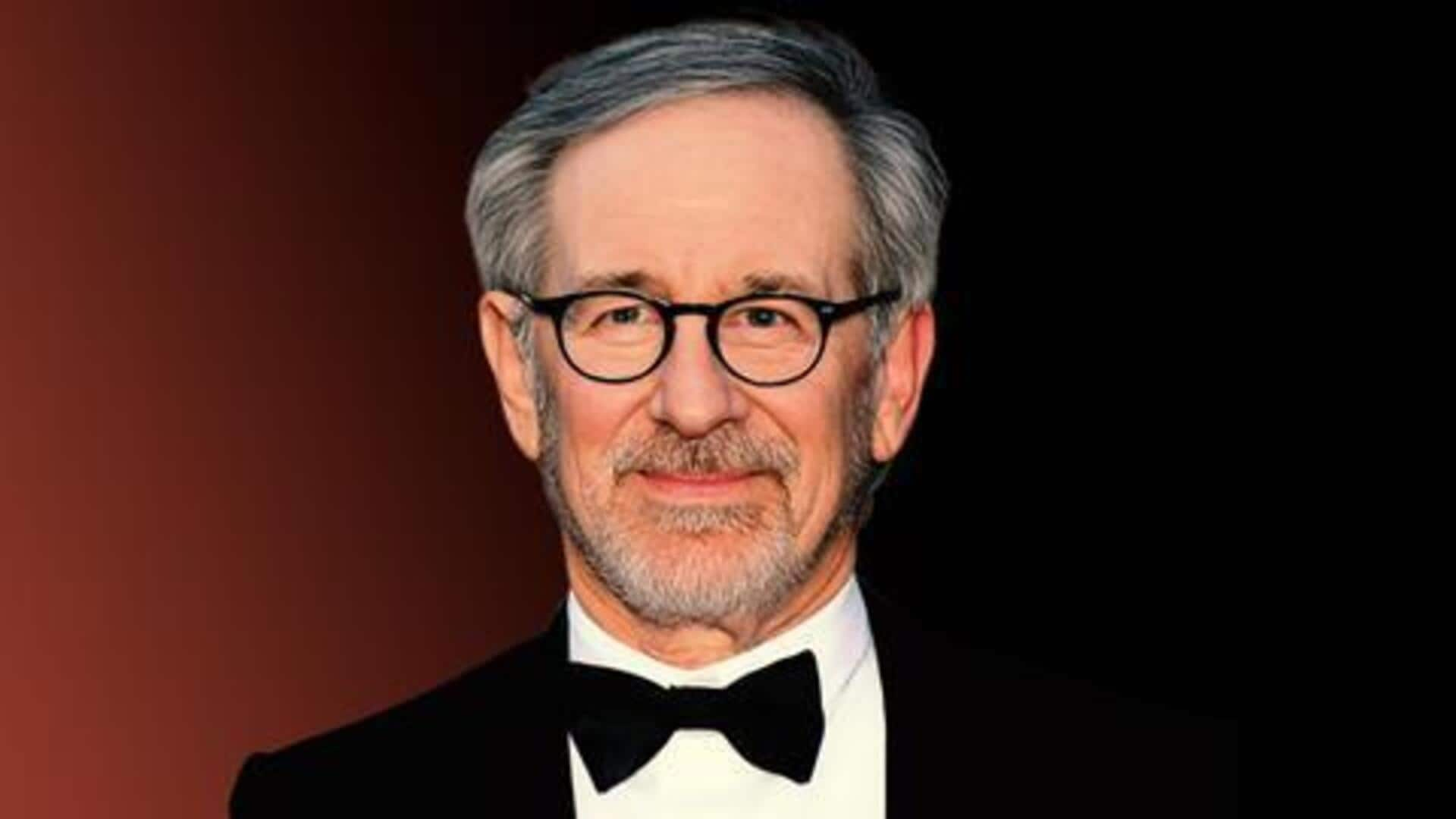
5 Spielberg secrets to mastering storytelling in film
What's the story
Steven Spielberg is one of the most influential filmmakers of our time, having directed some of the most iconic films in history. His storytelling techniques have inspired countless filmmakers and continue to be studied by aspiring directors. Here are five essential filmmaking lessons from Spielberg that can help you master the art of storytelling. These insights will help you understand how to create engaging narratives that resonate with audiences.
Visual impact
The power of visual storytelling
Spielberg's films are known for their strong visual elements, which often speak louder than words. He makes use of cinematography to build mood, tension, and character development without relying too much on dialogue. By focusing on visuals, filmmakers can create more immersive experiences for their audiences.
Character focus
Character-driven narratives
One thing that sets Spielberg's films apart is their focus on characters. He makes sure that every character has depth and complexity, which makes them relatable to the audience. By focusing on character development, filmmakers can create emotional connections with viewers and make their stories more impactful.
Timing techniques
Mastering pacing and timing
Spielberg has an uncanny knack for pacing his films perfectly, making sure every scene has just the right amount of tension and release. He knows when to speed things up and when to slow them down for dramatic effect. By mastering pacing, filmmakers can keep their audiences engaged from start to finish.
Simple storytelling
Embracing simplicity in storytelling
Spielberg's best films often have the simplest of plots, but they are layered with emotion and depth. He emphasizes the importance of clear storytelling over complex narratives. By keeping things simple, filmmakers can make sure their stories are easily understood by audiences while still being emotionally impactful.
Realism vs imagination
Balancing realism with imagination
Spielberg has a knack for balancing realism with imagination in his films, making them both believable and fantastical at the same time. This balance allows him to explore complex themes without losing the audience's sense of reality or wonder. Filmmakers who master this balance can create stories that are both thought-provoking and entertaining at the same time.